
Coastlines of Odisha in the first quarter of every year witness Arribada when over half a million Olive Ridley turtles (Lepidochelys olivacea) gather for mass nesting.
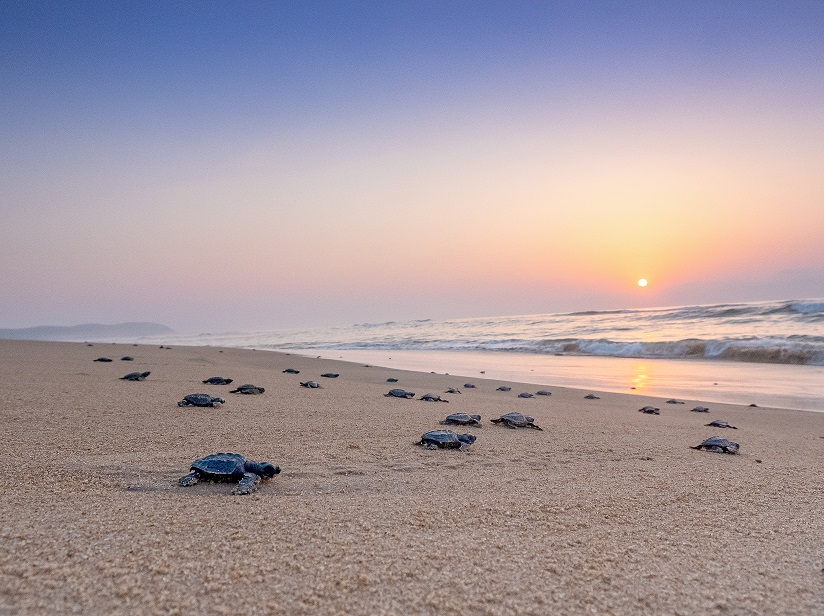
Arribada is a unique phenomenon where the pelagic species of Olive Ridley turtles try to increase the chances of survival of their offspring. Predominantly concentrated at Rushikulya by the mouth of the river Devi and Gahirmatha beaches of Odisha, this is a unique gift of nature. The smallest sea turtles lay more eggs at one place a single time to supersede the consumption of predators, thereby increasing the survival rate of offspring. A single turtle can lay over 110 - 140 eggs and reports suggest that out of every thousand hatchlings that enter the sea only one manages to reach full adulthood. This extreme low rate of survival has thus put them under the International Union for Conservation of Nature’s red list.
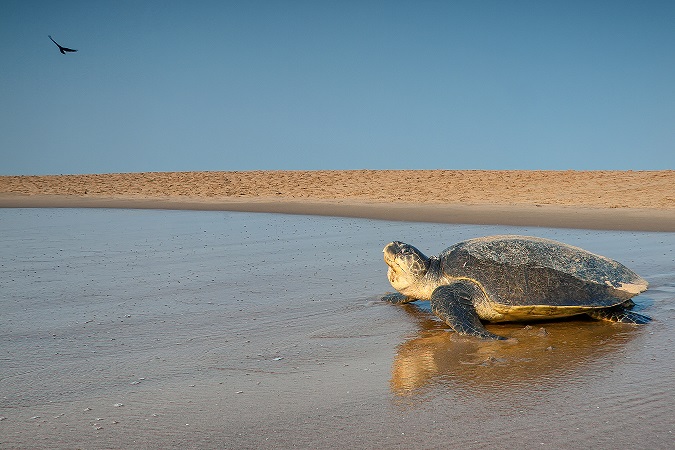
Olive Ridley dig pits on the beach using their hind flaps to lay eggs which are then covered with sand. Hatchlings crawl out of these eggs after an incubation period of 52-58 days and head straight for the sea with the rising sun as their lead.
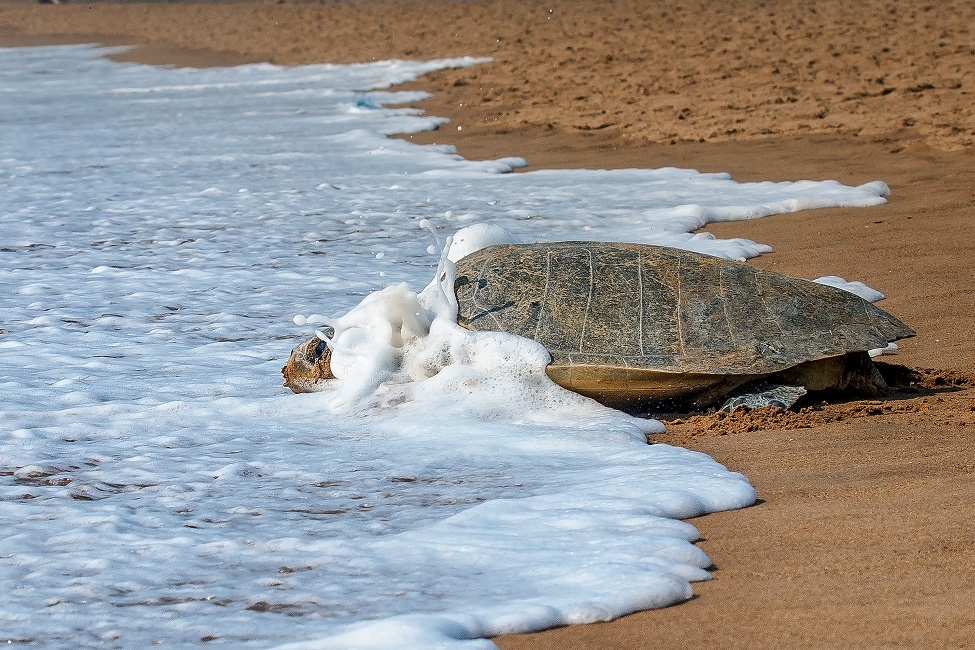
Though Olive Ridley turtles are common around the world, mass nesting occurs only at few places. In the Pacific, large nesting occurs in Mexico and Costa Rica. In India, besides the rookeries of Rushikulya, mouth of the river Devi & Gahirmatha in Odisha, nesting of Olive Ridley turtles occurs in lesser numbers in Versova, Perambudur, Anjarle, Gaonkhadi in Maharastra. A mass nesting site has been recently discovered on the Andaman Islands.
The Gahirmatha rookery of Bhitarkanika Wildlife Sanctuary comes under protected area and tourism during Arribada is restricted. The best place to experience Arribada for tourists in Odisha is Rushikulya rookery. The local villagers have taken a keen interest in conservation and protection of this endangered species and readily support government’s initiatives towards the same.
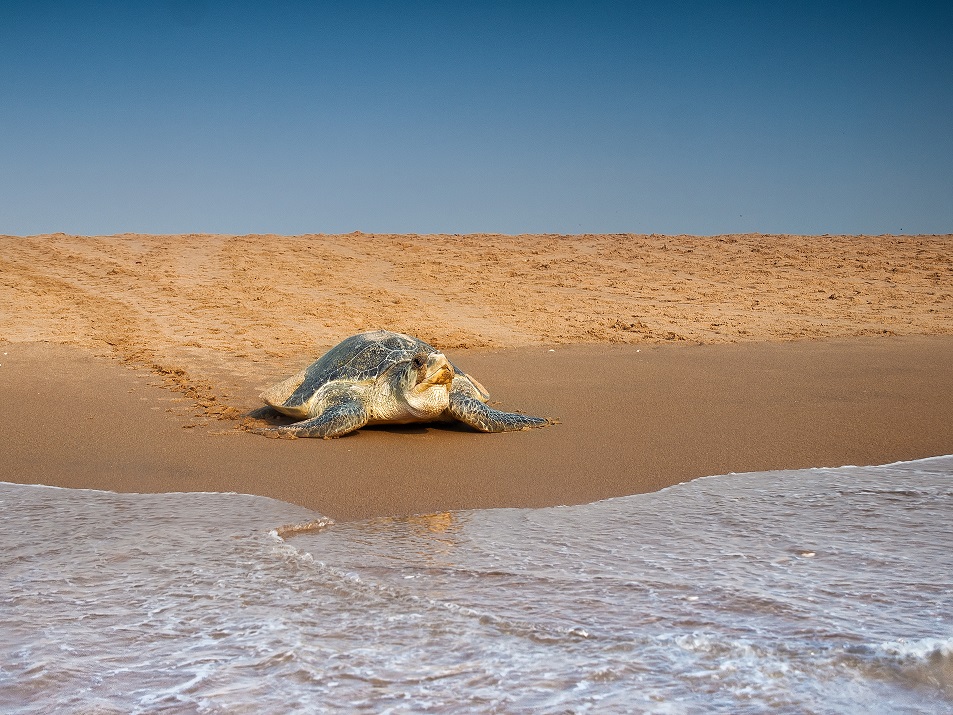
Since 2003, the Department of Forest & Environment has been tremendously pro-active in improvising protection, conservation and documentation of these exotic guests. More than 150 people are directly engaged by the Department, along with the support of 200 volunteers from local villages, who constantly monitor the 5.5-kilometre-long coastal belt at Rushikulya. This phenomenon is a sight to behold for wildlife lovers and conservationists.
By Shakti Nanda is an Architect and is passionate about Nature Photography.

By Shakti Nanda

The soul food of Odisha
19 Mar 2024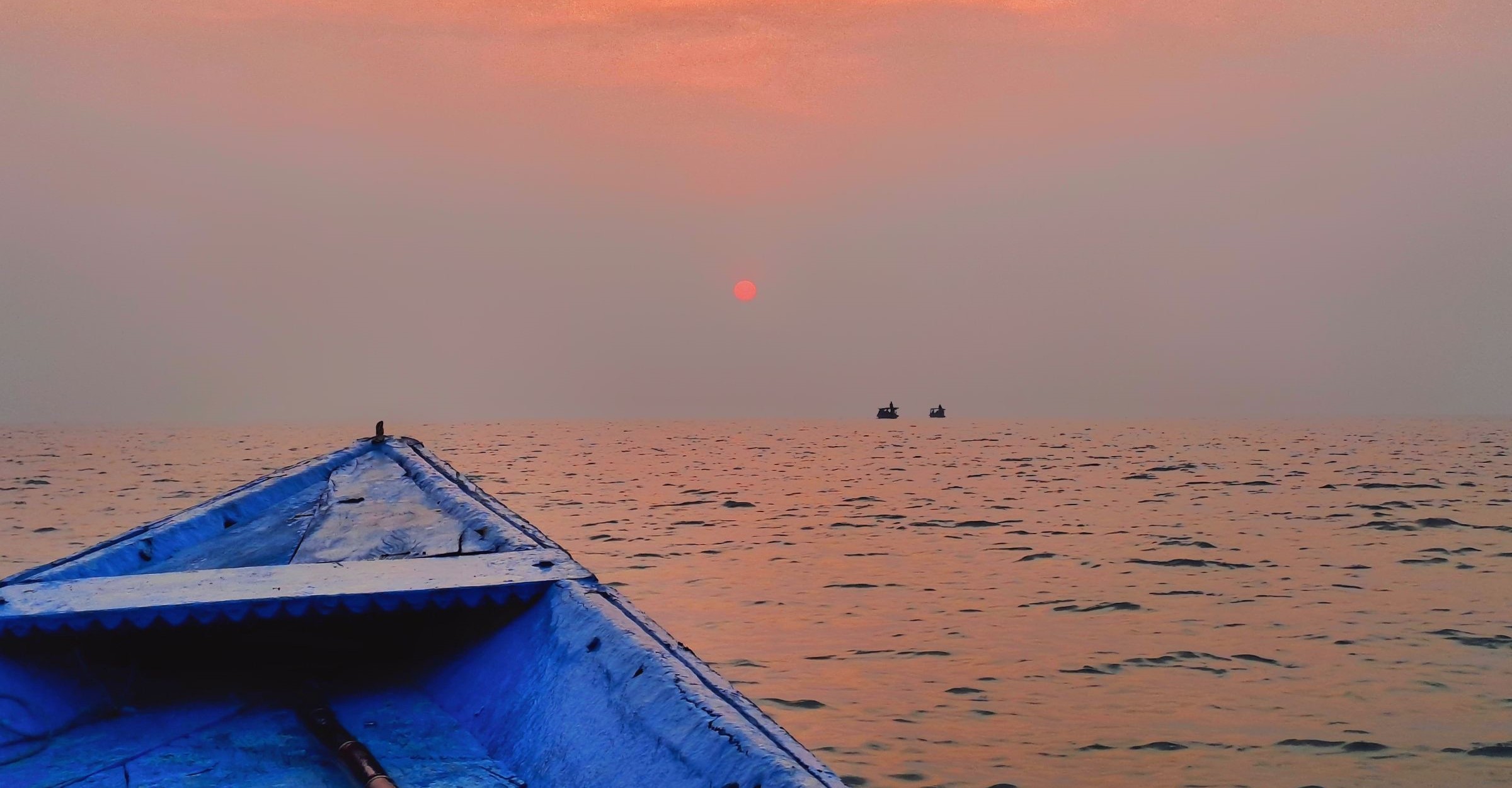
CHILIKA ODYSSEY : EXPLORING THE RICH AVIAN ...
14 Feb 2024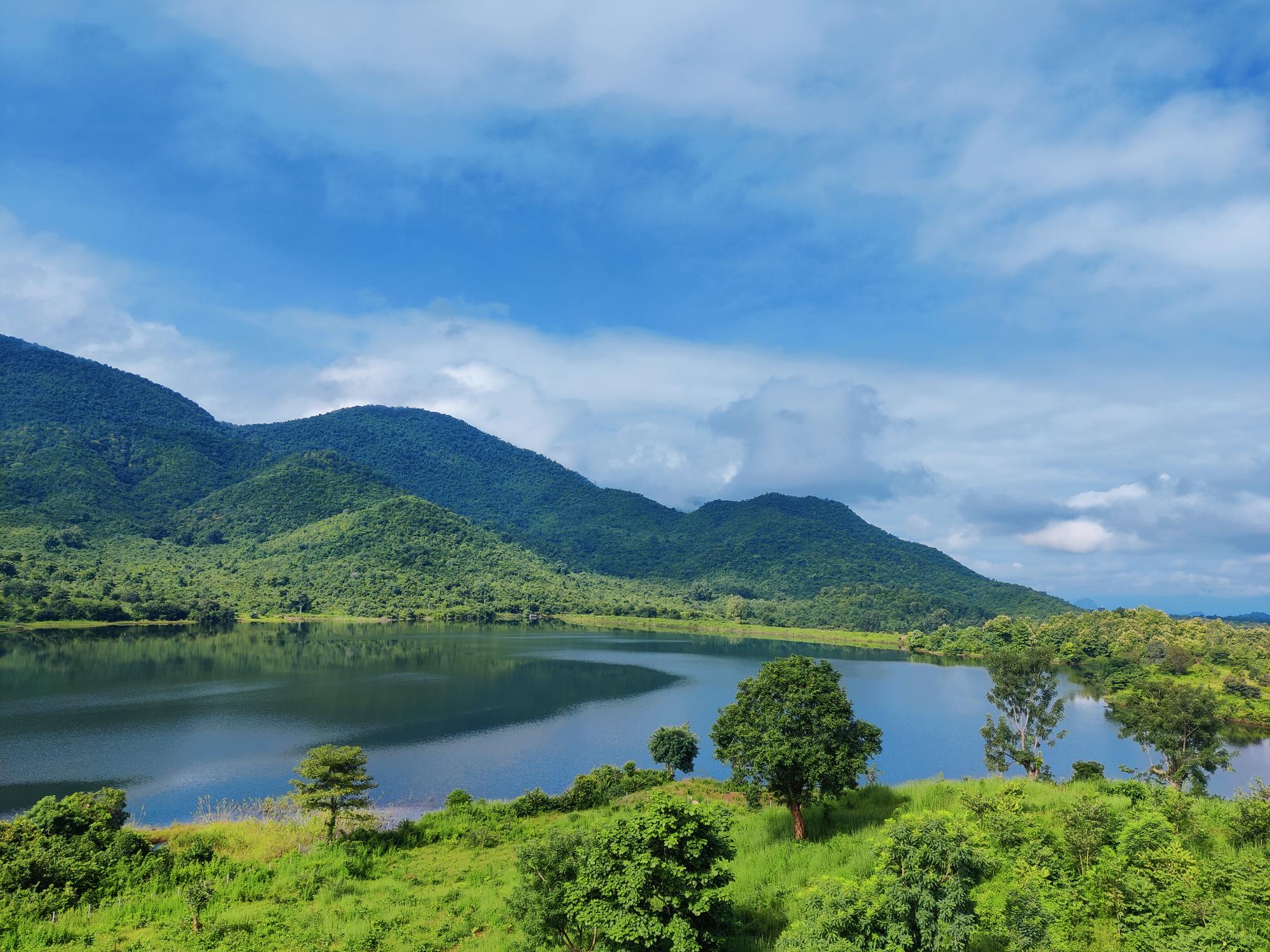
RABANDHARA ECO TOURISM
08 May 2023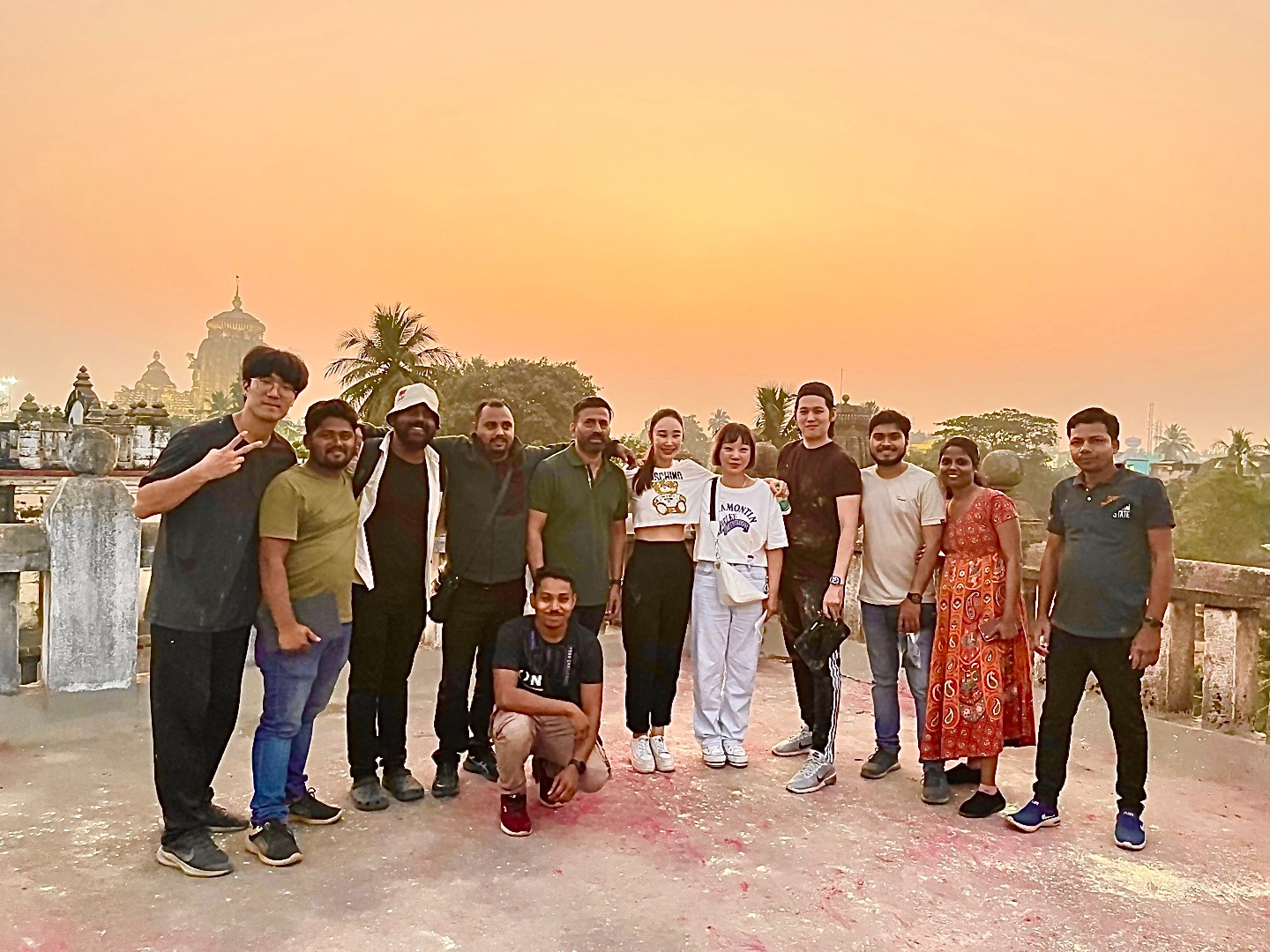
Filming vivid colours of Bhubaneswar with ...
13 Apr 2023
Spellbound Odisha a picture perfect ...
03 Feb 2023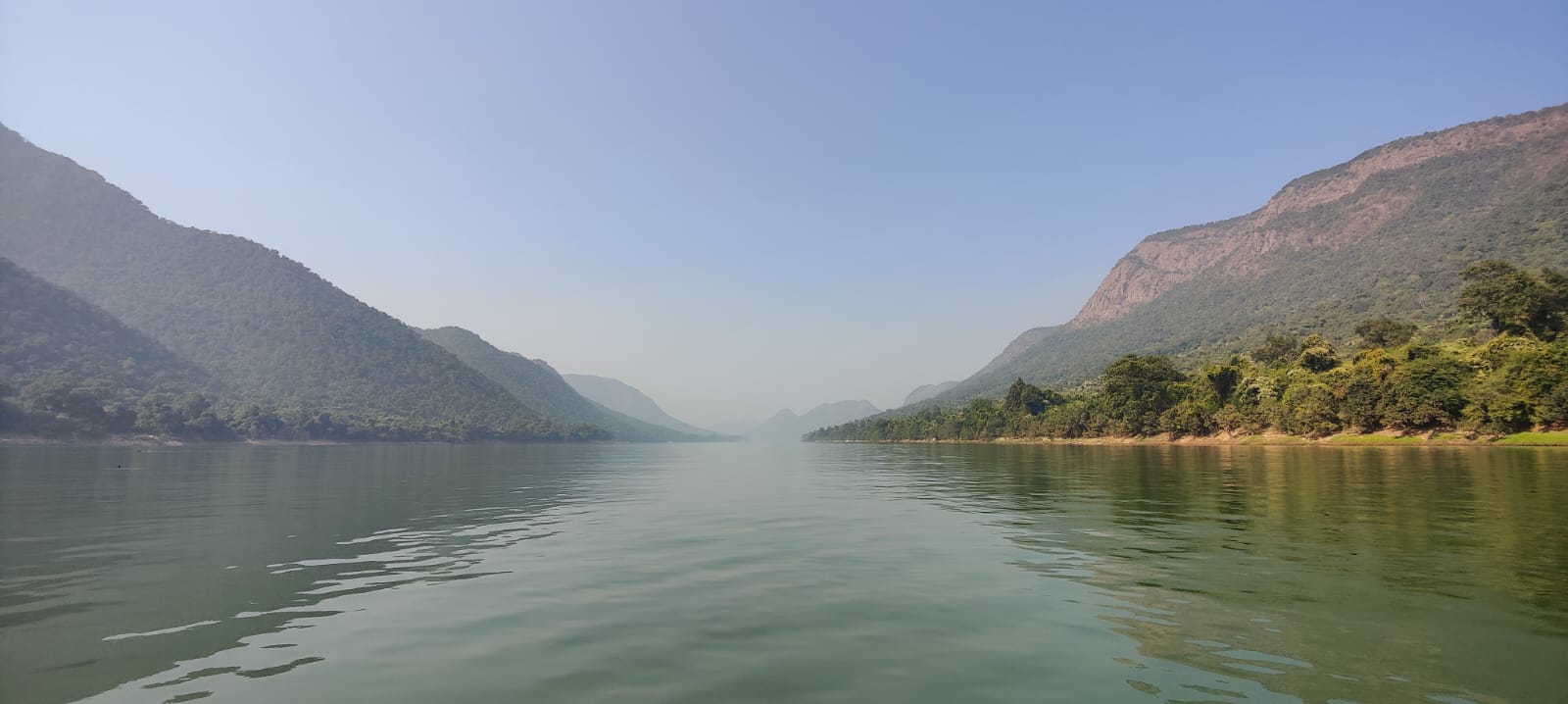
Satkosia a Nature’s Treasure Trove
03 Feb 2023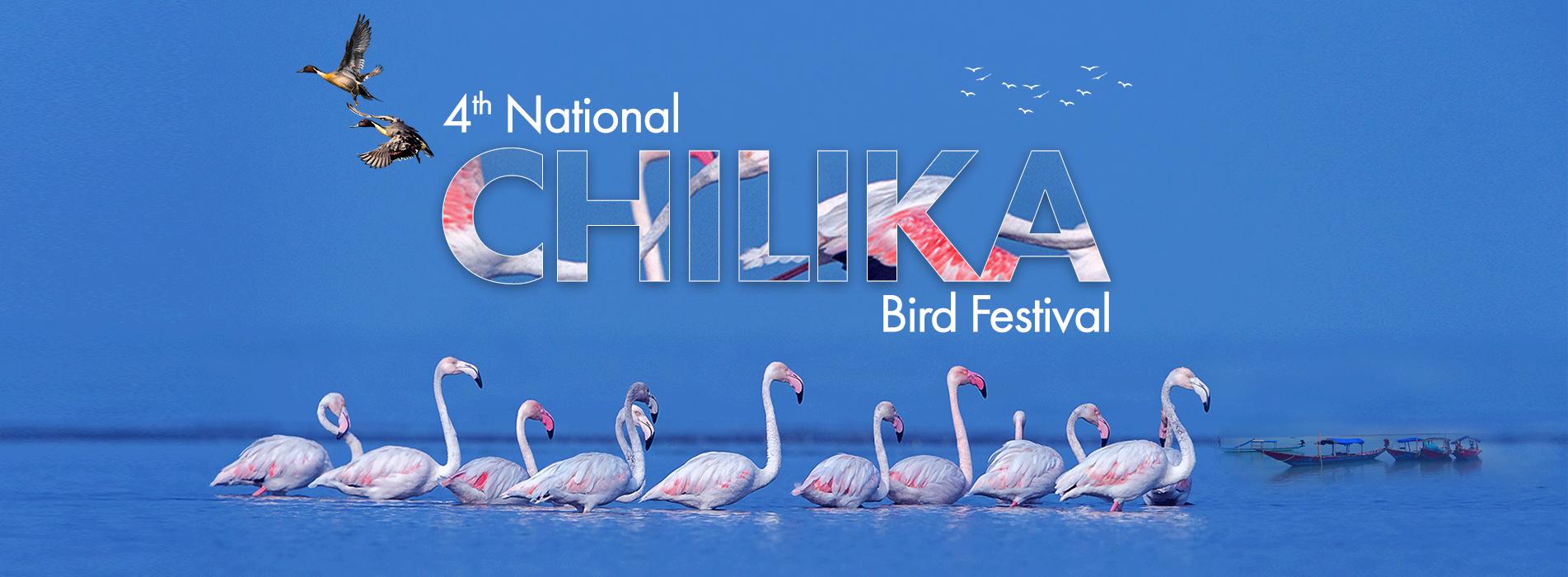
Odisha Wildlife in 4K
02 Jan 2023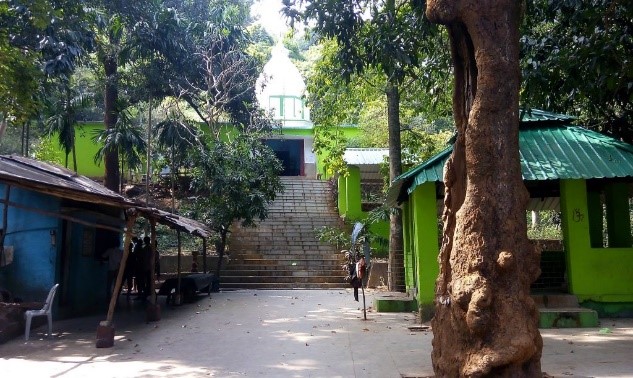
SAPTASAJYA-A Heavenly Tourist Destination
10 Oct 2022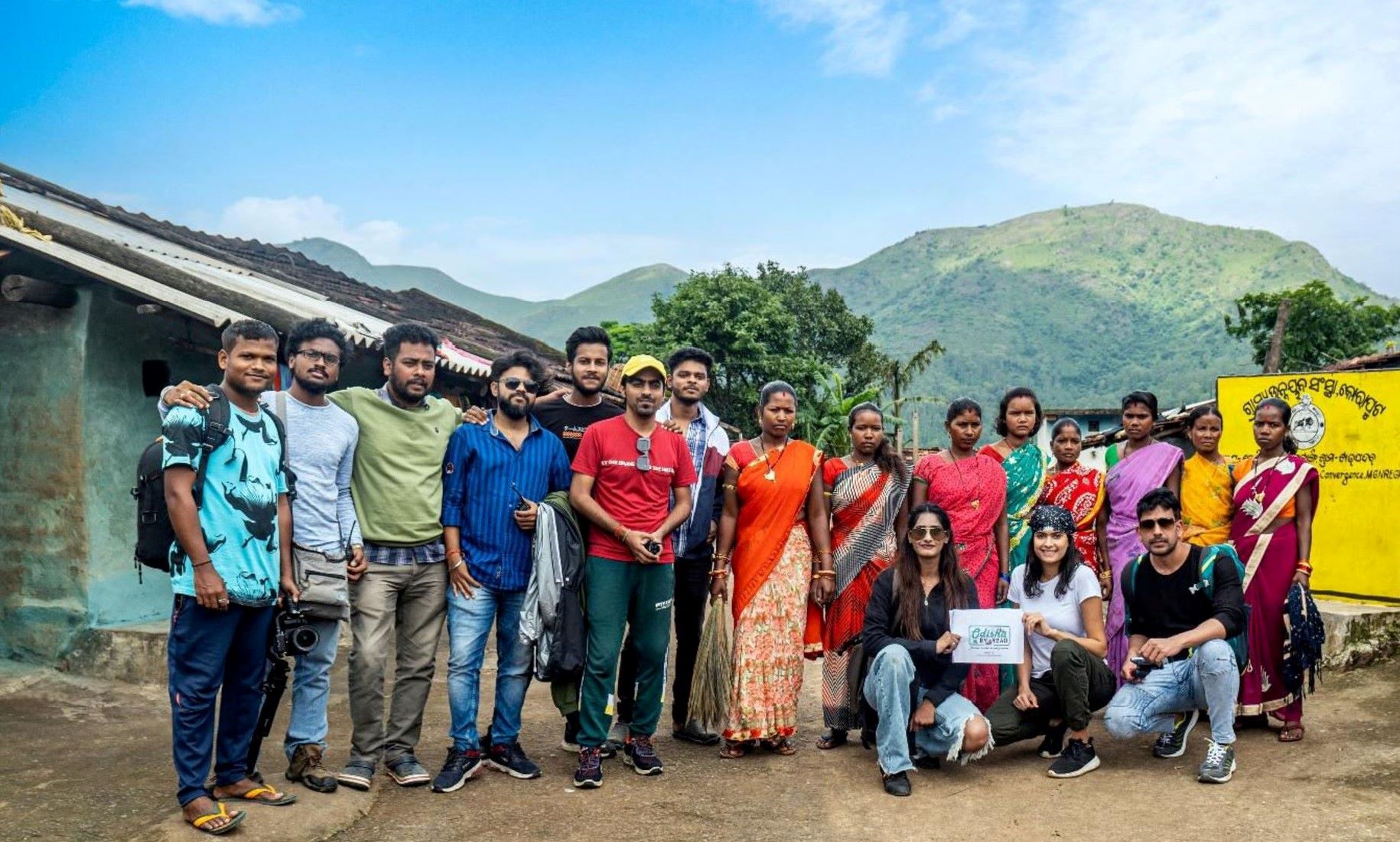
ODISHA BY ROAD 3.0-BEHIND THE SCENES
10 Oct 2022
My experiences on World Tourism Day
10 Oct 2022
Comments